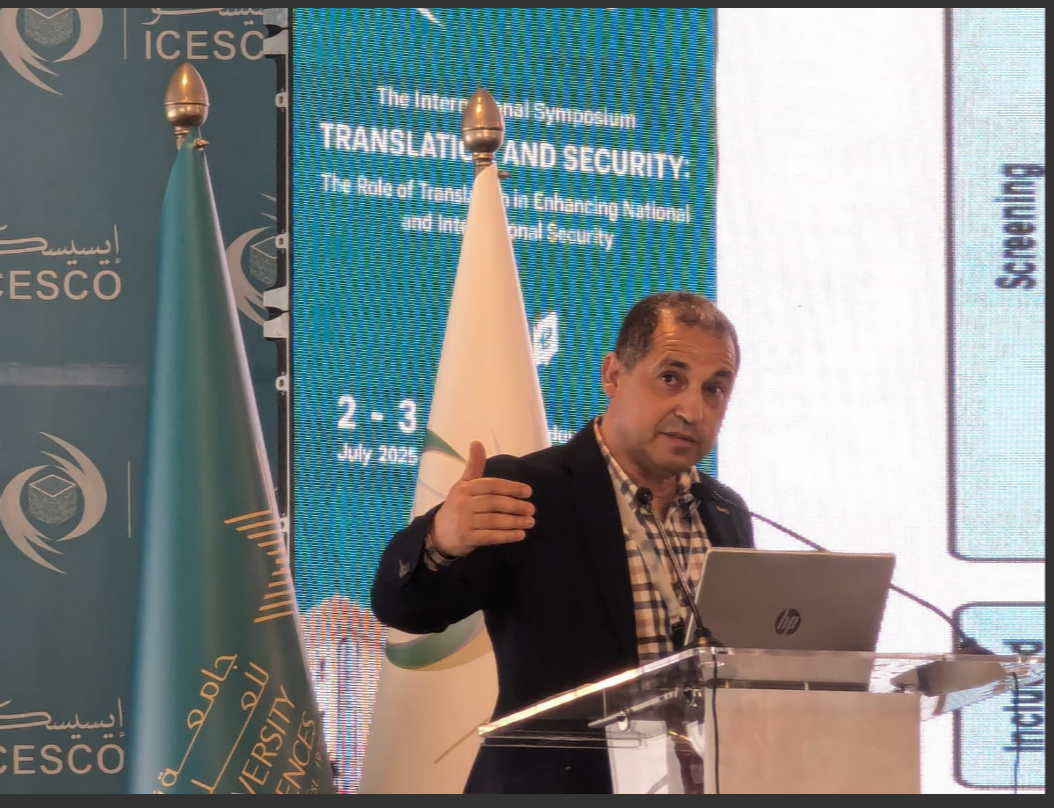Teaching the course ' Approaches in translation studies' using a blended mode of instruction
In 2010 , I taught for the first the course 'Approaches in Translation sutudies (TS) ' to MA students at Hassan II university in Mohamamdia (Morocco). I did my homework and tried to find (a) good reference (s) to build my course. I finaly decided to focus on Mundays' Book , plus other readings in Translation studies(TS). Then, came the issue of how to deliver the course , should I be using ONLY lecturing or add other pedagogical technics. After all, the conceptions that students seem to have about TS is that it is only theory and that they do not need it. The professional MA course seems to be of a practical nature and they were there to only sharpen their practical skills!!. Still, I explained at the begining of the course that both theory and parctical insights from the real world of translation will be embeded in the course. So, no panicking. My approach was that the MA student cohort need to not only sharpen their practical skills( this should be dome bnefore at the BA level), but to develop a translation specific metalanguage and approach or process translation work or texts critically. A chance for them to reflect a bit . We do two things: Educate and train.
In my first days with the students, as I always do with students, was about getting to know each other and ask them key questions to lessen the distantnce and learn about students characteristics and profiles. This would help me to dessign better contents and learning environments , including assessment measures and activities (formative, summative, performative).
In my first days with the students, as I always do with students, was about getting to know each other and ask them key questions to lessen the distantnce and learn about students characteristics and profiles. This would help me to dessign better contents and learning environments , including assessment measures and activities (formative, summative, performative).
Another issue I needed to fix was the way I should bring in practice into the course. MA students will certainly need some theoretical insights to help them build a metalanguage they could use to comment on their translations and write research in translation. Given the fact that Translation Studies is a new domain for them, and that their prior knowledge about it is quite limited, it was a good idea to start with something they knew about and heard of before like ' equivalence issue' from a linguistic perspective . Also, a brief dicussion of the work of Nida in translation theory is important, since verybody knows Nida. Then, after that I started to show the shift that has taken place after Holmes Map and explained to them the Map to drag their awareness to the areas of reserach and knowledge that inhabits the new field of translation studies. After that, a chronological presentation of the modern approaches in TS were presented as per Munday classification. This gave a visible picture for students about the field and how the course will be organized along the term.
I was teaching approach by approach starting from the linguistic up to the last trend or most current approach in the dicipline. This would be helful for them as MA research based students. They will study all the seven approaches in Mundays's book in addition to insights from other recommended references to give some richness to the course.
As for delivery, I thought to integrate some technology to help students to reflect on class lectures. I usually ask them to synthesize each approach in pairs and outside the classroom using chat or forums tools to dicuss critically the approach and relate it to the real world of practical translation ( for instance , related to translation problems and issues in other translation practicum classes or for those who have past experiences in professional translation, they should be able to associate theoretical issues with actual practical instances that they experienced themselves... I usually place pairs as per their profiles: degree of experience in translation). At the end of the chat, I asked them to COPY and PASTE the conversation (data) and place it on a word file and send it to me along with an individual reflective summary of the approach we dicussed in-class. Students will be assessed on this assignment (formative).
After I took a look at the synchroneous conversations (chat) they copied and pasted, I realized that there were few other issues that I need to adjust in the syllabus to improve the course for the following year 2011, such as students' prior knowledge and the way they could indeed practice critical thinking and activate their conversation using the technology which will indeed help them use the metalanguage and practice good writing. I realized that the BLENDED MODE could be a better way to facilitate a student-centured approach for a theoretical subject matter like TS. In 2011, I started working with my students, but I could not finish the whole programme with them that year (we discussed 4 approaches out of the 7) and then I immigrated to canada for family purposes.
So, Translation Studies could be taught :
- In parralel with integrating technological support tools (on skype or using chat box or other web 2.0 or 3.0 learning objects)
- As a programme-based subject ( bridging it to other courses in the programme)
- With the aim of developing critical thinking and metalanguage for Translation Studies
Fouad


No comments:
Post a Comment